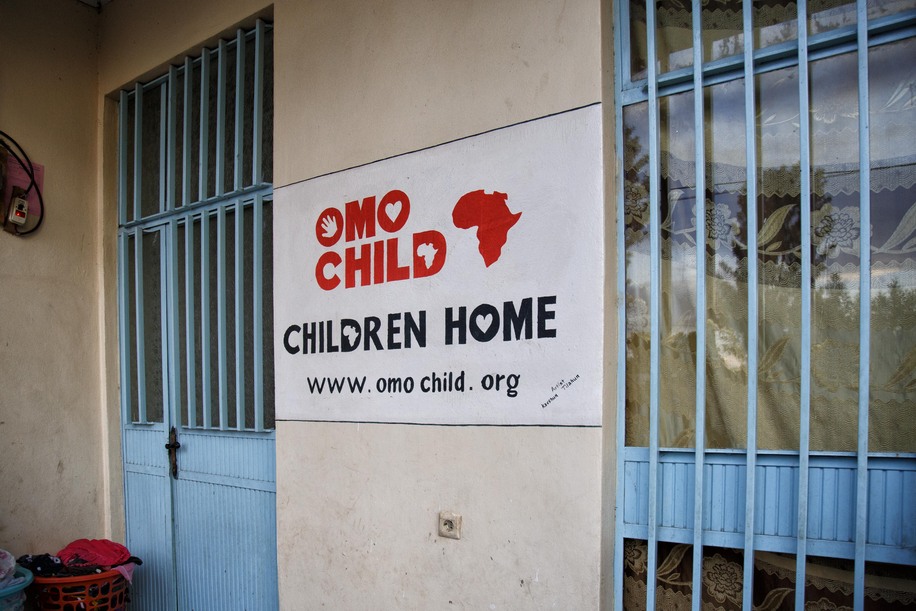
Omo Child: Ending Mingi - The Ritual Killing of Children in the Omo Valley
Photographer: Ivy Gordon
Exhibit Title: Omo Child: Ending Mingi - The Ritual Killing of Children in the Omo Valley
Location: Ethiopia
Mingi is the traditional belief held by the Kara, Hamar, and Banna peoples of southern Ethiopia that certain children are born cursed and thought to bring drought, famine, or disease to the tribe and therefore must be killed for the benefit of the community. There are four types of mingi: Twins, babies born out of wedlock, infants born from pregnancies that occur without permission from elders, and toddlers whose top teeth emerge before their bottom teeth. The elders of the tribes make the decision to brand a child mingi but the deaths are carried out by various members of the tribe.
The practice is so old that some estimate that many thousands of babies have been killed, some of whom are up to a year old before they are sentenced to death. These children are killed by drowning, or by putting soil in their mouths and leavingthe infants in the bush.
Lale Labuko was the first young person to be educated outside his Kara village of Dus. When he was 15 years old he saw a child being taken to be killed. He learned that he had lost two sisters to mingi and vowed to use his education to break the mingi cycle. He began by rescuing children about to be killed and sheltering them in his home. In 2004 Lale met John Rowe, a San Diego entrepreneur and photographer, and in 2008 they started Omo Child, whose mission “is to provide a safe, nurturing home and quality education for rescued mingi children”. To date they have rescued and are raising 40 children.
As these children cannot return to their villages, the children live together at Omo Child where nannies, cooks, and housekeepers care for them. They are well-fed, clothed and cared for. Omo Child hopes that by providing the children with education they will become future leaders and work as teachers, nurses, and doctors contributing to their communities.
Not content with rescuing a few children Lale has worked to end the practice of mingi. He organized young tribal members and set about convincing Kara elders that the mingi curse’s time had passed.
In July 2012, after centuries of sacrificing children to ward off death, disease, and drought, Kara tribal elders voted to officially end mingi killings. The Hamar tribe also announced they would end mingi, but it’s 50,000 members continue the practice.
Lale was named National Geographic Emerging Explorer in 2013. In 2015 John Rowe released “Omo Child: The River and the Bush”, shot in Ethiopia with the tribes and at Omo Child’s children’s home in Jinka, which won acclaim in film festivals all over the world including awards for best documentary, audience choice awards, and other recognition. http://omochildmovie.com/
I first learned of the tribes of the Omo Valley in 2013 and met Lale in 2014 when he and John Rowe held a fundraiser for Omo Child in San Diego. I traveled to the Omo Valley in 2015 and 2018 and visited Omo Child both times. I’ve featured some photographs of the children at Omo Child and a few of the children from the Kara villages. The images from the village are in black in white, to show the contrast of what their lives would have been like if they hadn't been mingi.
ivy@ivygordonphoto.com
https://ivygordonphoto.com/
https://www.facebook.com/ivy.gordon/
https://www.instagram.com/ivgordon/
Make Comment/View Comments